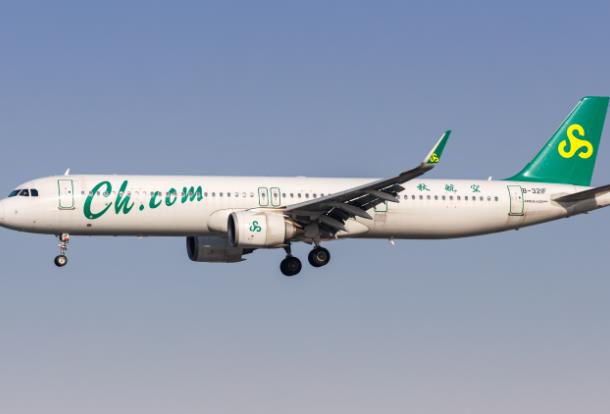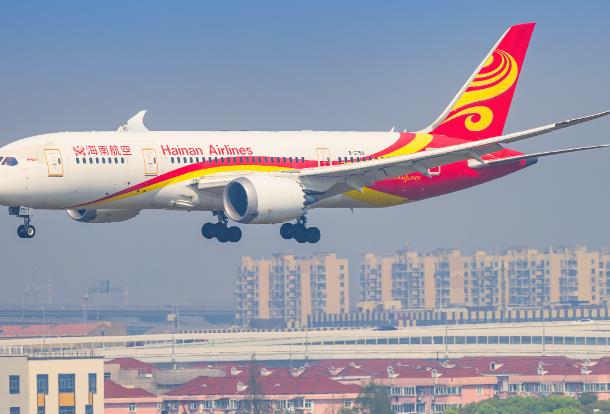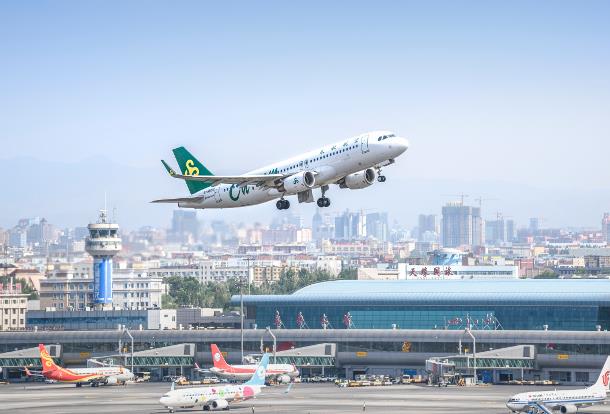China’s largest low-cost carrier (LCC) Spring Airlines became the first domestic LCC and the fifth national airline to go public on January 21, 2015.
Spring Airlines will issue no more than 100 million shares to raise RMB2.5 billion (approx. US$403 million) to fund the purchase of up to nine A320 aircraft (RMB1.33 billion), three A320 flight simulators (RMB300 million) and to top up working capital (RMB900 million), according to its prospectus.
Spring Airline’s issue price at RMB18.16 (approx. US$2.9) is much higher than the current trading prices of other listed national airlines, with Air China is trading at around RMB7 and Hainan Airlines trades at only RMB3. Spring Airline’s issue price is equivalent to 22.96 times of its diluted price-earnings ratio (P/E) for 2013 and exceeds the 21.21 static P/E ratio monthly average for the air transport industry published by China Securities Index.
Spring Airline’s net profit for 2011 to 2013 was respectively RMB483 million (approx. US$78 million), RMB625 million (approx. US$101 million), and RMB732 million (approx. US$118 million). The profit for 2014 increased 10% to RMB270 million (approx.: US$44 million) , bucking the trend for the embattled traditional carrier sector.
However, it will face increasing competition as domestic LCCs will mushroom, following the directives of the Civil Aviation Administration of China, to encroach on Spring Airlines’ once monopolized market.
Spring Airlines’ director Zhenghua Wang, who will be the carrier’s actual controller after the IPO, holds only 35.7% equity of Spring International Travel Service and 43.8% of Spring Charter Flights.
Mr. Wang previously stated that Spring Airlines did not intend to include strategic or financial investors in the IPO but was willing to let employees share in dividends from company growth.
Such corporate policy earned Spring Airlines a reputation for being “stingy” yet it enjoys strong employee loyalty.
Wearing the same suits for the past decade, Mr. Wang himself personifies the company’s ideal of thrift by sharing a 10-sqm office with his CEOs and shunning first-class seats, chauffeur-driven cars and hotel accommodation above three-star level.
This relentless penny pinching approach has helped Spring Airlines cut costs in every area. Its costs for operation, management, finance and marketing are all lower than industry averages, by 62%, 50%, 60% and 78% respectively.(Translation by David)
Read original article·




